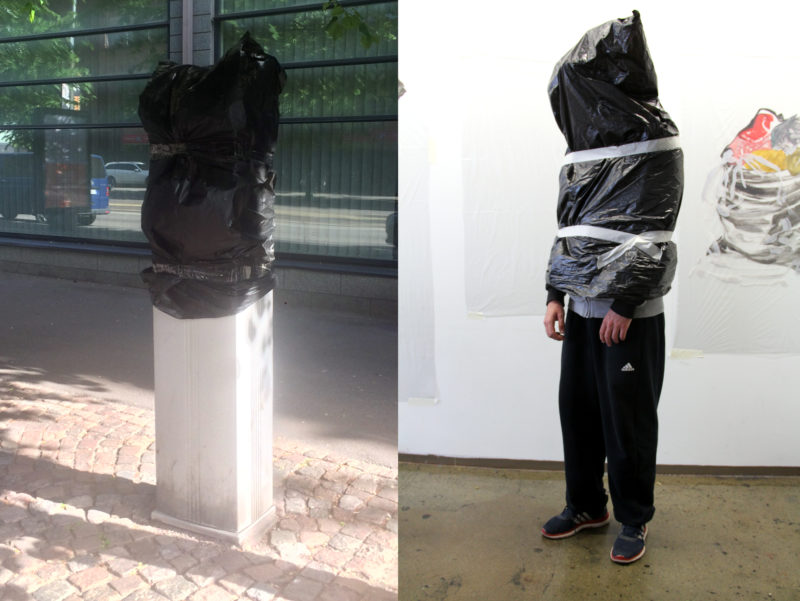27 Jun 2016
Interview
Josephine Baan against the art world
Josephine Baan’s (born 1987) practice is all about rethinking the paradigms of what art is for in the world as we know it, and wanting to redefine the structures of artistic practice.
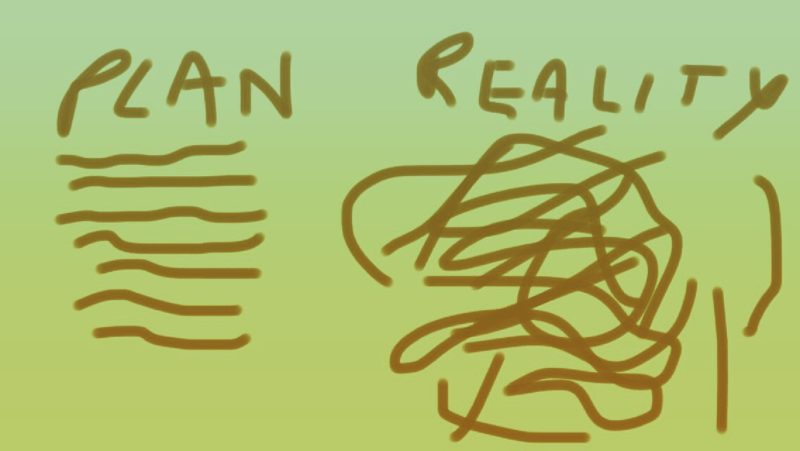
With a background in painting, Josephine started to feel limited by her medium shortly after obtaining her bachelor’s degree. Slowly but surely, her paintings started to dematerialise, eventually incorporating text and manifesting in the public space. She began to experiment with different forms of production and distribution, tentatively testing the viewers and exploring the criteria that define a work of art. For her degree show (Goldsmiths University, London, 2015) Josephine attempted to create a non-hierarchical exhibition by layering a vast amount of paintings and painting materials into a physical information overload. In addition, a heavy metal drummer was beating his drum kit underneath the floor boards, which formed an extra layer to the show. The drum beat could be felt vibrating through the entire exhibition space. And yet, in her attempt to challenge the established rules of art production and literally dancing to her own drum, the realisation that came shortly after the show was over was real; she didn’t smash anything up, she didn’t defy the institution.
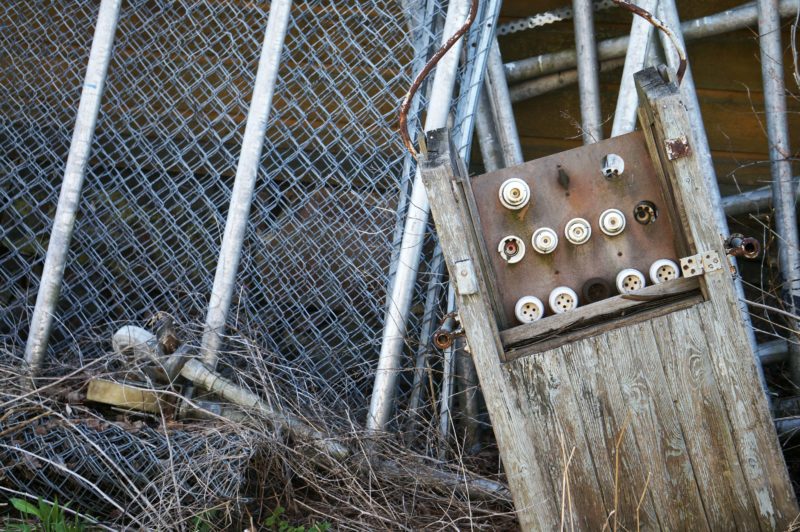
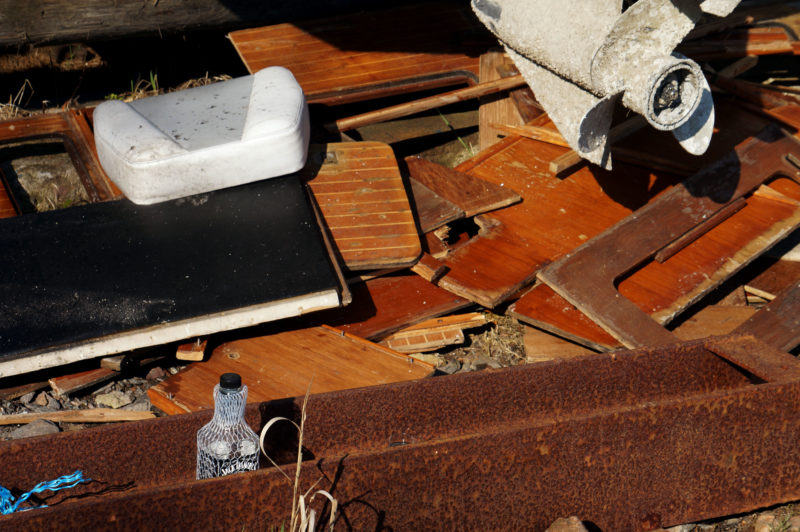
This is the mental space where Josephine is at the moment, thinking of ways to deconstruct the art world’s ivory tower and trying to identify her own space within it. Or perhaps outside of it. Contemporary art as it stands now has grown to become some kind of entrepreneurial disaster, obsessed with success and profit. Many of the motivations for Josephine to become an artist in the first place (hope, radical potential, truth, freedom, self-realisation etc.) seem to have increasingly less space in our highly competitive art world. Clearly not wanting to play the art game as is expected of her, Josephine is currently trying to rid her life of all the unnecessary behaviour that tends to come with establishing an art career, such as networking and filling out applications. Whilst useful if not necessary, these activities leave little time for actually creating good art.
Josephine is hugely influenced by the work of the late Lee Lozano. Lozano was a bold, feminist and viciously outspoken painter from the 60s, who, albeit fairly successful, quickly became fed up with the art world. She created conceptual experiments for herself, that she named pieces. For example, the avid cannabis smoker decided to smoke as much as she could without passing out, and named it the Grass Piece. Immediately after the Grass Piece she decided to go on for as long as she possibly could without smoking; this was called theNo Grass Piece. Lozano’s other works include the General Strike Piece, the Dialogue Piece, and of course, eventually, the Drop Out Piece, the one in which she decided to leave the art world completely.
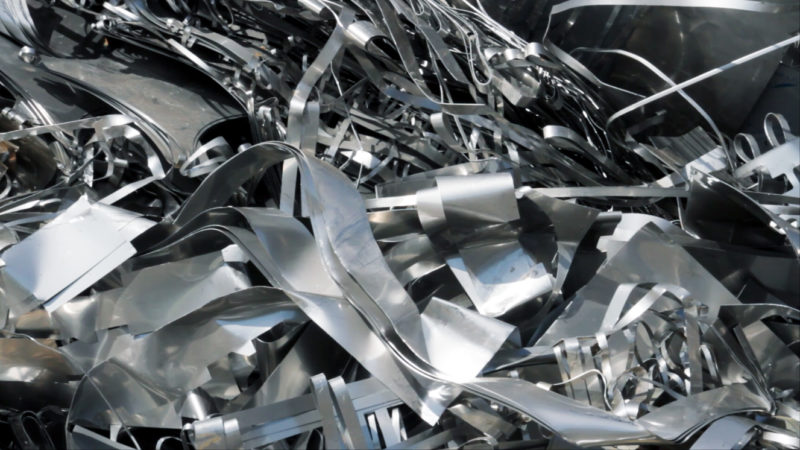
Josephine believes that these days too much emphasis is put on the visible work of the artist, such as production, exhibitions, physical presence, CV building and so on. These act as a legitimization of the artistic practice, which makes artists eligible for funding and other opportunities. However, the invisible work behind the results is not considered in this equation: the ideas, thinking, seeing and planning, the doubt and uncertainty of precarious labour, the messiness before pristine results, the dialogues that take place and the realisations that happen along the way.
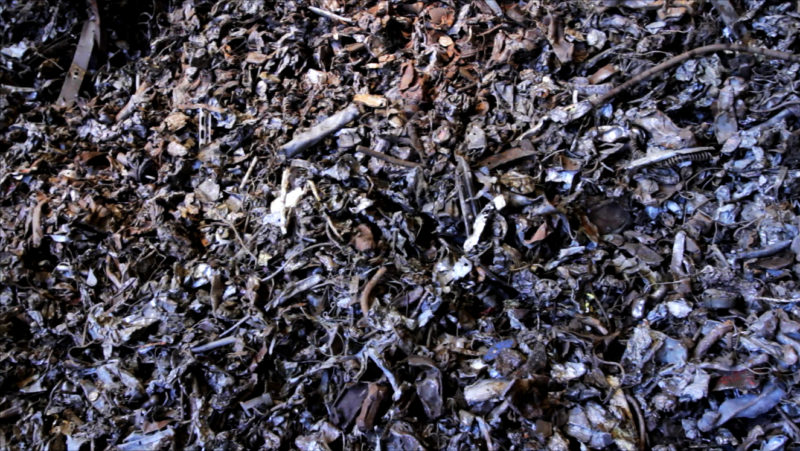
During her residency at HIAP, Josephine is conducting a series of dialogues that take place while walking. The dialogues are not documented in any way, and they are not forced. They are not structured, they are leisurely. The dialogues are not meant to reach any conclusions, they are instead a very small act, a seed that might later grow into something bigger – or maybe not. Each person Josephine talks to, is asked to recommend the next person she contacts. That way Josephine has no control over who she is going to meet.
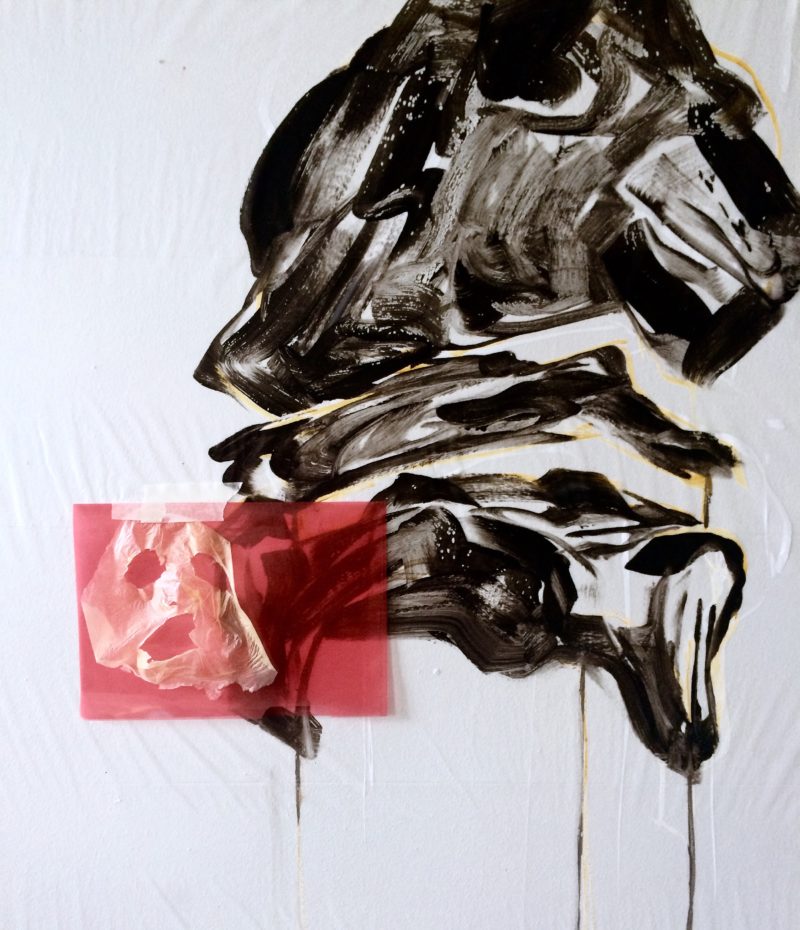
During the first part of her residency at HIAP, Josephine stayed on the island of Suomenlinna. However, she felt the environment a little confined, and was trying to think of ways of building a boat, in order to travel to the main land. The idea fell through, but luckily she has now moved to the studio spaces in Kaapelitehdas, which seems more involved in the city bustle.
Whilst in Helsinki, Josephine has been meeting a lot of people, talking, cycling, travelling around the city, and going to concerts. One band she saw and liked, was Seksihullut, a Finnish punk band not lacking in attitude, much like Josephine herself. She has also gone up north to Tornio and Kemi, where she has filmed inside the Kemi mine and Outokumpu’s steel factory. Furthermore she plans to experience some more of Finland and take in as much of the landscape and the country as possible, because that is the invisible work that matters.
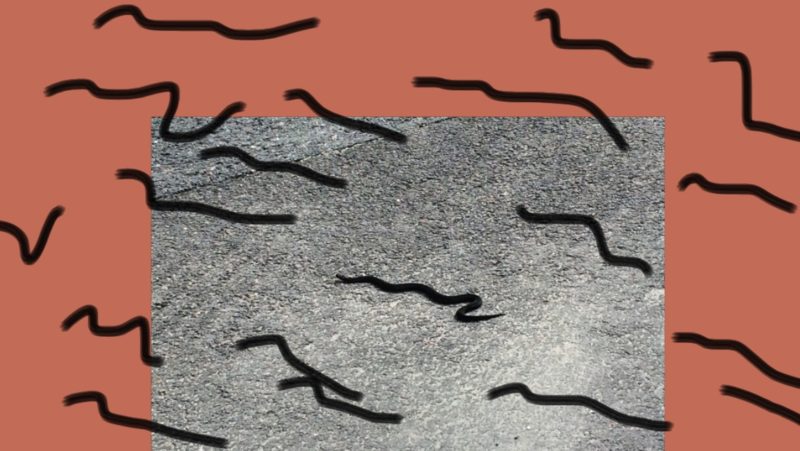
Josephine’s residency at HIAP is supported by the Mondrian Fund.
Read more: http://www.josephinebaan.com
Interview by Tessa Aarniosuo.
Images courtesy of the artist.
